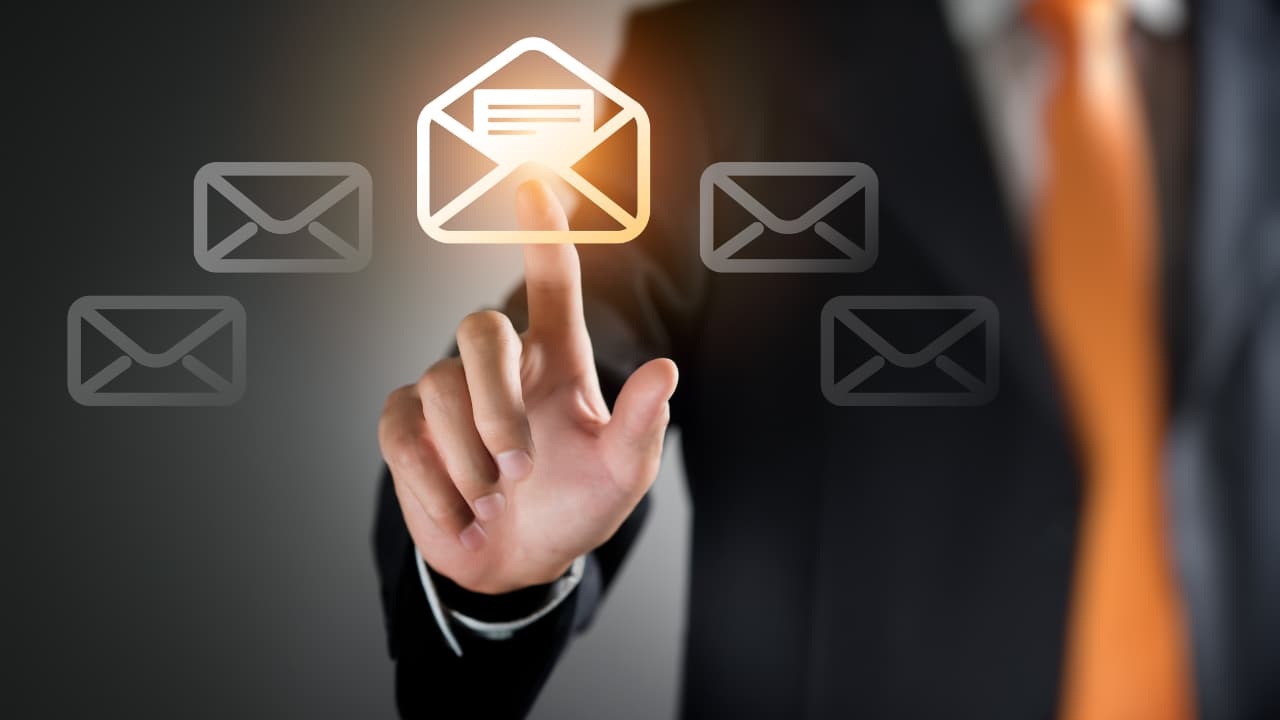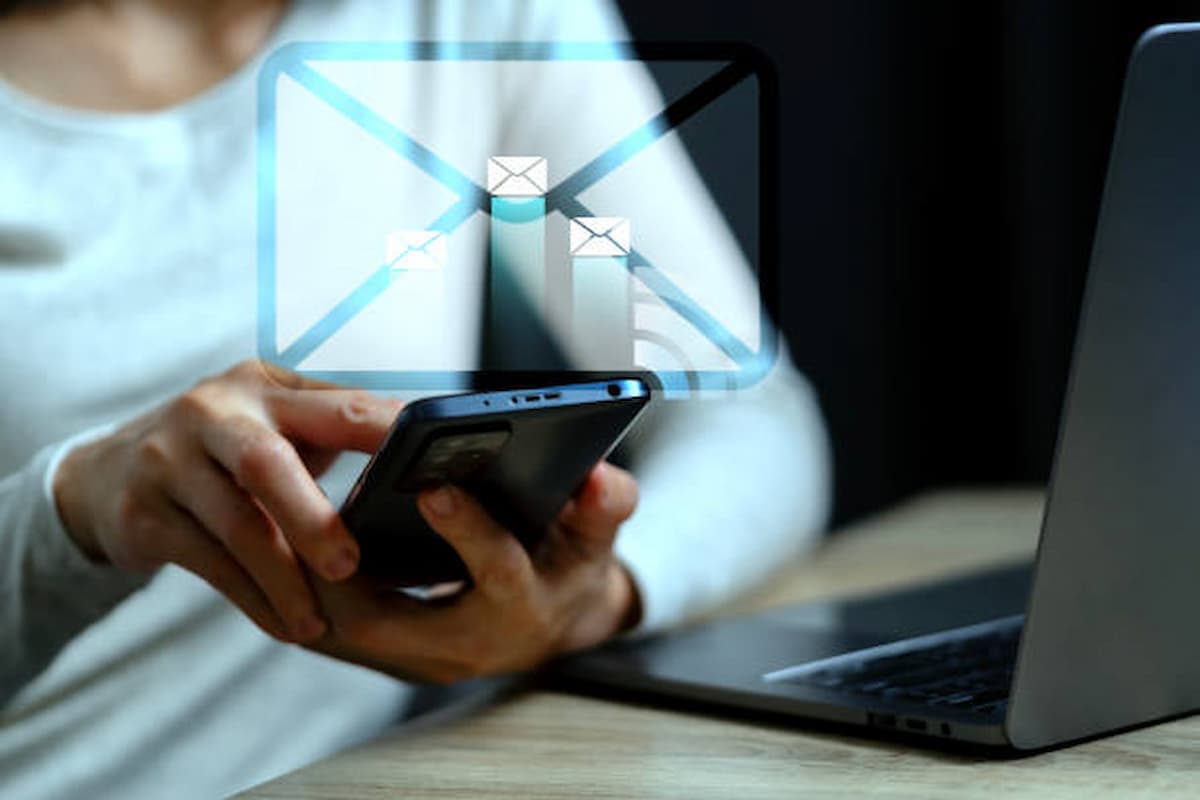Email segmentation is one of the most powerful ways to make your marketing more relevant, boost engagement, and ultimately drive more sales. By dividing your email list into smaller, targeted groups based on behavior, activity, and characteristics or attributes, you can send messages that resonate with each subscriber — rather than sending the same generic campaign to everyone.
In this guide, we’ll break down the main types of email segmentation, the key segments to focus on, and how each type can help you understand your audience better and improve your marketing results.
1. Email Engagement Segmentation
Purpose: Understand how your subscribers are interacting with your emails so you can improve engagement and deliverability.
This type of segmentation is great for deliverability and understanding how your list is responding to your emails. Typically, you want to send most of your emails to people who are the most engaged in your list. Inbox providers like Gmail and Outlook want to see that your subscribers are opening and engaging with your content. Sending emails only to your most engaged audience keeps your sender reputation high and your deliverability strong.
How to Measure Engagement:
- Opens
- Clicks
- Bounce history
- Spam complaints
Key Segments:
- Engaged Profiles – Subscribers who have opened an email in the last 60 days.
- Most Engaged – Subscribers who have clicked a link in an email in the last 60 days.
- Fresh Profiles – New subscribers who joined in the last 30 days.
- High-Risk Profiles – Subscribers who have bounced at least one email.
- Uninterested Profiles – Subscribers who have marked an email as spam at least once.
- Churned Subscribers – Inactive subscribers who haven’t opened an email in the last 120 days. These can be re-engaged during high-interest periods like Black Friday.
2. Website Activity Segmentation
Purpose: Understand how visitors are interacting with your store so you can spot sales opportunities and identify drop-off points in the customer journey.
This type of segmentation is all about tracking behavior on your website — product views, cart activity, and purchases — to deliver perfectly timed, relevant messages.
Key Segments:
- Interested Customers – Viewed a product in the last 30 days but haven’t added to cart or purchased.
- High Likelihood to Purchase – Added to cart or started checkout in the last 30 days but haven’t purchased.
- Recent Buyers – Purchased at least once in the last 30 days.
- VIP Customers – Placed more than five orders in the last 30 days.
- Window Shoppers – Viewed three or more products in the last 30 days without purchasing.
Pro Tip: If many shoppers add a product to their cart but don’t check out, it could indicate pricing, trust, or product detail page issues worth investigating.
3. Location-Based Segmentation
Purpose: Segment subscribers based on their physical location. For example, if you’re based in London and you have a pop-up store, you can search for Londoners who live within a specified range of the event and send them emails promoting the event.
Whether you’re promoting region-specific products, tailoring offers by climate, or inviting customers to in-person events, geographic segmentation allows you to make your marketing more relevant.
What you can send to your location-based segments:
- Brick-and-mortar specific offers and exclusives to subscribers within 50 miles of the event location.
- Local events and initiatives hosted by your brand.
- Tailored messages per country-specific regulations or language differences.
- Climate-specific product features at key times (e.g., Promoting weather-resistant outerwear during cold and heavy precipitation months for certain locales).
4. Predictive Analytics Segmentation (Klaviyo feature)
Purpose: Use data modeling to forecast customer behavior and personalize offers.
Platforms like Klaviyo can predict spending habits, product interests, and buying timelines based on historical data.
Examples of Predictive Segments:
- High Spenders – Identified by predicted average order value (AOV). Ideal for large bundle or premium offers if you have a lot of stock you want to get rid off.
- VIP Customers – Defined by total lifetime value (LTV). Can be rewarded with loyalty perks.
- Time-to-Purchase Segments – Send reminders or replenishment campaigns based on average time between purchases.
- Gender Segmentation – Send targeted product recommendations and promotions based on identified gender.
5. Creating Segments with Custom Properties
Custom profile properties capture the unique details you’ve collected about your subscribers—whether through a signup form that asks for product preferences, custom questions in a review request, or survey responses. These properties become powerful building blocks for segmentation, allowing you to send highly relevant messages tailored to customer interests and behaviors.
Examples of how to use “Properties about someone” segments:
- 🎯 Gender-based promotions: Send a campaign about your new women’s line exclusively to customers who have specified their gender.
- 🎨 Color preferences: Showcase products in bold, bright shades to subscribers who’ve expressed a love for vibrant colors.
- ✈️ Lifestyle targeting: Feature travel-friendly products to customers who indicated they travel frequently.
- ⭐ Personalized recommendations: Suggest new items based on how customers rated previous products.
By segmenting with custom properties, you go beyond generic marketing—delivering messages that feel personal, relevant, and timely.
6. Purchase Activity
Cross-sell Segments
Cross-sell segments allow you to target customers who have already shown interest in similar products through their past purchases. Because these buyers have a proven purchase history, they’re far more likely to respond positively to related product recommendations than your broader audience. You can take this a step further by creating item-specific or brand-specific segments—promoting complementary products, new releases, or upgrades tailored to what customers already love.
Churn risk Segments
Creating a churn risk segment helps you identify and re-engage customers who are at risk of leaving your brand. These are subscribers who haven’t purchased in a while and have stopped interacting with your emails or campaigns. By flagging them early, you can target them with win-back offers, personalized recommendations, or re-engagement campaigns before suppressing them if necessary.
Holiday or Seasonal Shoppers
Some customers naturally purchase only during the holidays or at specific times of the year. By recognizing these seasonal buying patterns, you can re-engage them proactively—building anticipation for your upcoming holiday sales, offering tailored promotions, and even granting early access to create a sense of exclusivity. This not only boosts seasonal revenue but also strengthens long-term customer relationships.
Why Segmentation Matters
When used correctly, segmentation can:
- Increase Sales – Deliver the right message to the right people at the right time.
- Improve Deliverability – Keep engagement rates high to stay out of the spam folder.
- Save Time with Automation – Trigger the right emails without constant manual work.
- Create a Personalized Customer Experience – Make customers feel valued and understood.
The Balancing Act: Reach vs. Relevance
While segmentation is essential, brands shouldn’t over-segment to the point of limiting their reach. Always optimize for sending your core, high-value content to as many engaged people as possible — then layer segmentation on top to personalize where it counts most.






